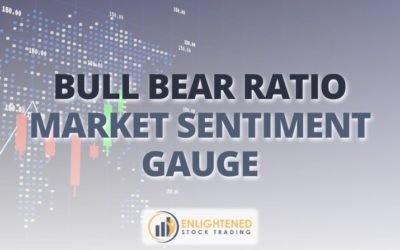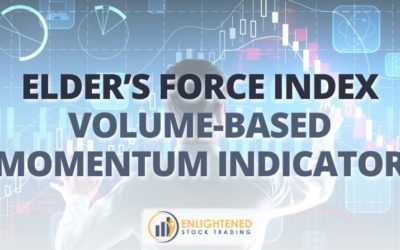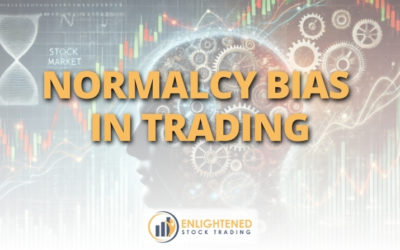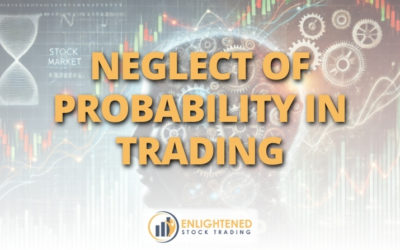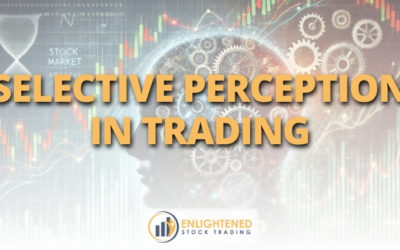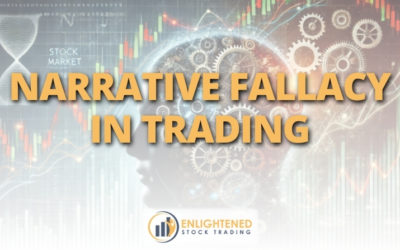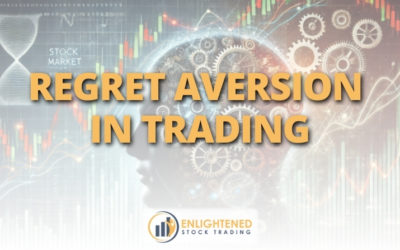Salience bias is a cognitive shortcut where the most noticeable or emotionally striking information disproportionately influences decision-making. Imagine watching the news about a plane crash. Even though air travel is statistically safe, the vivid imagery can make you irrationally fear flying. This aligns with principles in behavioral economics, where individuals react more to prominent...
Adrian Reid

Bull/Bear Ratio: A Powerful Tool for Tracking Market Sentiment
The Bull/Bear Ratio, also known as the Bull-Bear Spread, is a market sentiment trading indicator that helps traders and investment advisors gauge the overall attitude of investors toward the stock market. This indicator is published weekly by Investor Intelligence, a financial data provider that tracks market psychology through a poll of investment advisors. The ratio is a measure of market...
Don’t Buy Another Stock Trading Course Until You Read This
Dear Trader, If you’re reading this, chances are you’ve purchased a stock trading course before - or at least thought about it seriously. But something’s not quite clicking. Maybe you’ve followed courses that promised "quick profits" only to find yourself second-guessing every trade. Maybe you've been glued to the charts, making impulsive decisions, or stuck in analysis paralysis. The truth?...
How To Start Stock Trading the Right Way in 2025
Learning how to start stock trading can be one of the most rewarding ways to build personal wealth. However, the journey from curious beginner to confident trader is often filled with potential missteps, conflicting advice, and overwhelming information. Without a clear, structured system in place, it’s easy to get lost in the noise and end up making costly mistakes. But with the right guidance...
How to Use Elder’s Force Index for Smarter Trade Decisions
The Elder's Force Index (EFI) is a widely used trading indicator developed by Alexander Elder to measure buying and selling pressure in the market. By combining price movement with volume, this technical analysis tool helps traders determine the strength of a trend and identify potential trading opportunities. Since the index is a valuable technical indicator, it provides insights into future...
Mental Drawdowns: The Hidden Risk That Can Sabotage Even the Best Trading Systems
Let’s get real for a minute. You’ve got your trading strategy, your backtest results look solid, your rules are locked in. On paper, everything checks out. But then, out of nowhere, you hesitate on a perfectly valid trade. You skip an entry. You downsize a position. You start second-guessing your system. Sound familiar? That’s not a strategy issue. That’s a mental drawdown—and it can quietly...
The Danger of Normalcy Bias in Trading & How to Overcome It
Normalcy bias is a cognitive trap that convinces people everything will remain the same, even when clear signs suggest otherwise. This bias occurs because individuals tend to underestimate the likelihood of a disaster. It’s why some people ignore evacuation warnings during natural disasters, as they can’t imagine the status quo changing. This psychological blind spot is particularly treacherous...
Neglect of Probability in Trading: Avoid This Common Mistake & Stay Profitable
Have you ever played the lottery, knowing the odds were stacked against you, but you bought a ticket anyway because the jackpot was too tempting? That’s the neglect of cognitive bias at work: a fallacy where we overlook statistical likelihoods when making decisions. This is an example of how a heuristic can lead to poor decision-making—a common theme explored in trading psychology. Every day,...
Selective Perception in Trading: How to See the Market Clearly
Have you ever noticed how you suddenly see a specific car everywhere after thinking about buying one? That’s selective perception: a cognitive bias where your mind filters information to match your beliefs or desires—an effect deeply explored in trading psychology. In the noise and chaos of financial markets, our minds desperately seek patterns that confirm what we already think we know. A...
Narrative Fallacy in Trading: The Hidden Bias Wrecking Your Portfolio
The Narrative Fallacy is our tendency to believe in stories that make sense, even when they lack factual support. We crave patterns and explanations, so we construct narratives to make sense of random events—a mental shortcut often discussed in trading psychology. A classic example? Imagine that a new CEO has a history of turning companies around, and media headlines predict the stock will soar....
Stock Market Update | Plus… The Smartest Risk Management Trick Traders Should Never Use (and more)
In this week's Enlightened Stock Trading newsletter we cover: 📈Stock Market Update: What happened in the markets this week ⁉️Scenarios: What could happen next & what to do about it 🧠Trading Psychology: You don't belong here... and the lies we tell ourselves 💰Kelly Criterion: Is it a trading elixir or disease? 🎓Learning to trade: How to pick the right trading course for you 🧠Trading Tip:...
How Regret Aversion in Trading Leads to Hesitation & Lost Opportunities
Regret aversion is the tendency to avoid making decisions out of fear that the outcome will lead to regret. It’s why people often hesitate to take action because they'd rather avoid regret than face potential loss. This concept is central to behavioral finance and plays a crucial role in investment decision making processes—making it a key topic within trading psychology. Regret aversion is...


